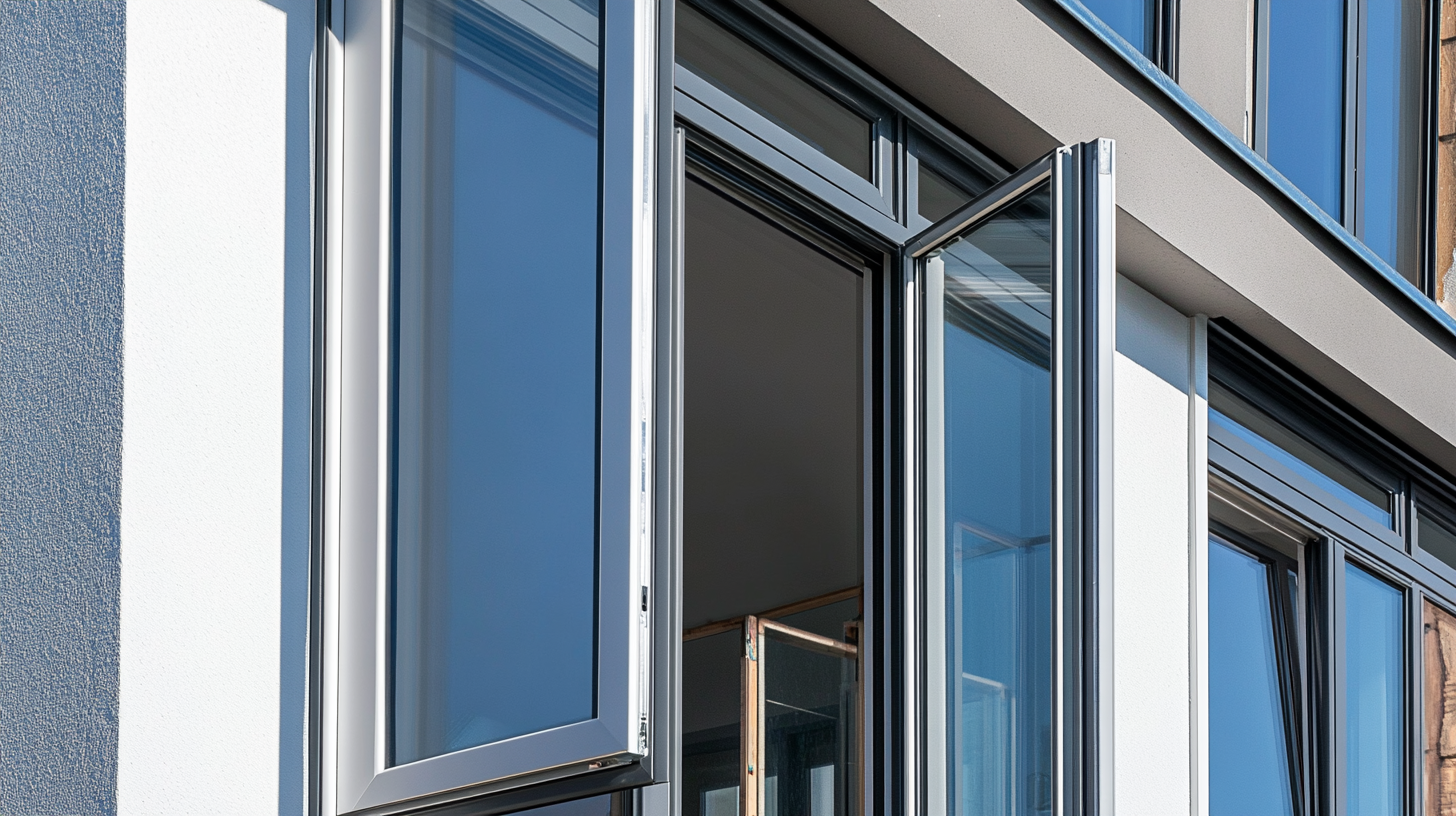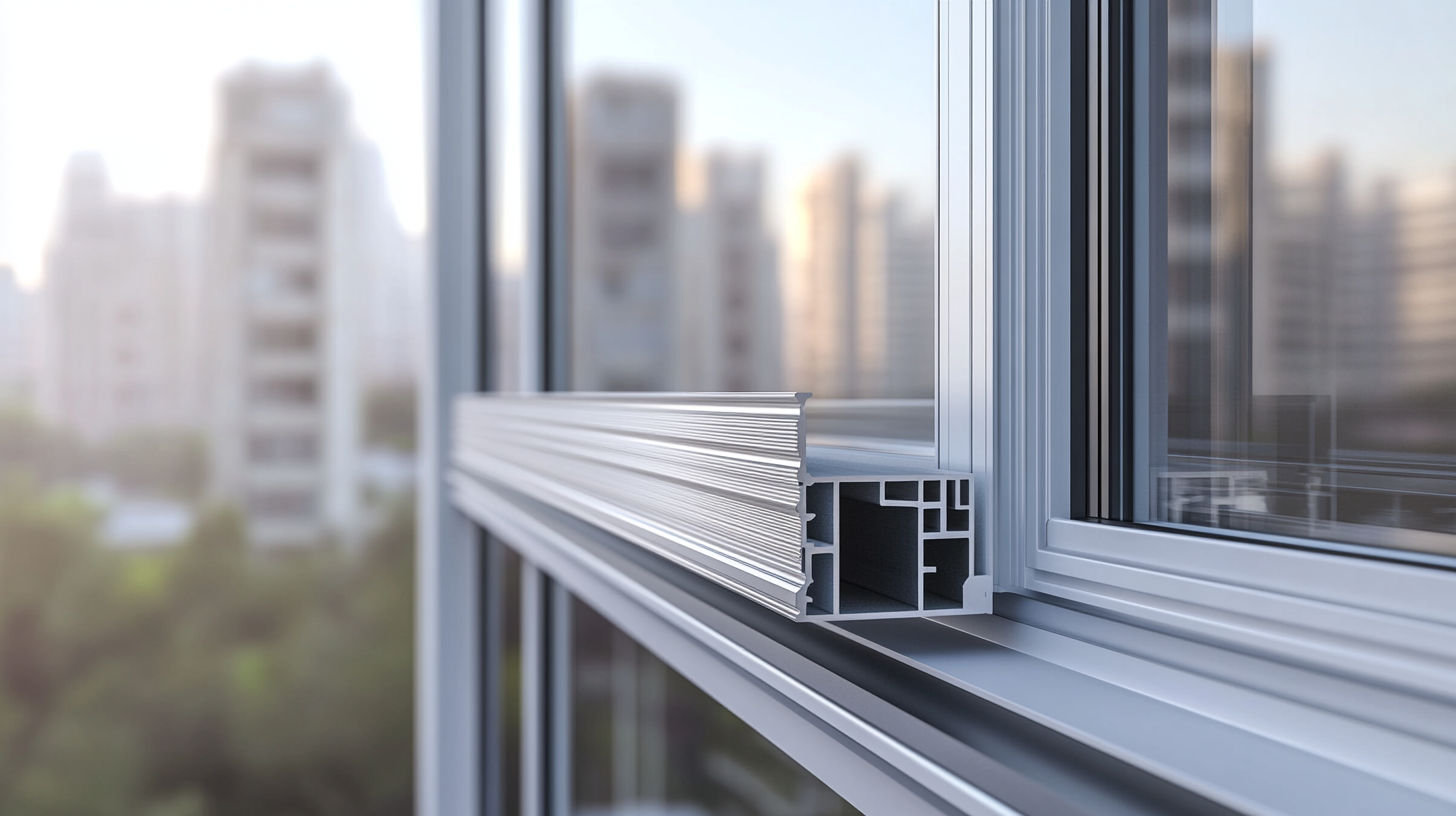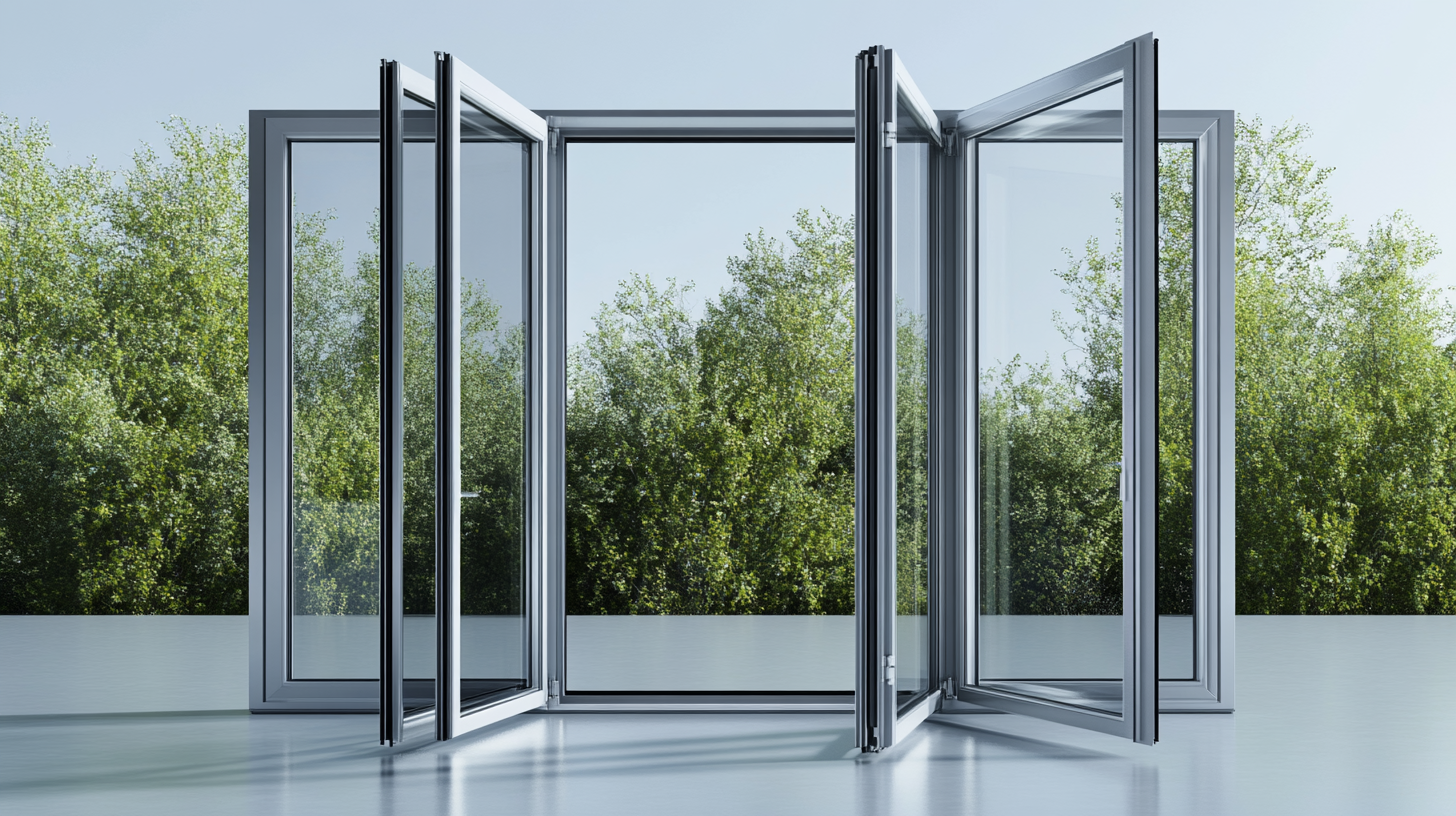In the dynamic landscape of the construction and home improvement industry, Aluminium Casement Window Profiles have emerged as a pivotal choice for architects and homeowners alike. With their exceptional durability, energy efficiency, and aesthetic appeal, these profiles have gained significant traction globally. According to a report by Research and Markets, the global market for aluminium windows is projected to reach USD 15.7 billion by 2025, driven by an increasing demand for energy-efficient building materials. Furthermore, the advantage of comprehensive after-sales service and lower maintenance costs has positioned Chinese manufacturers as leaders in this sector. In this blog, we will explore the best aluminium casement window profiles available, highlighting how innovative solutions from top manufacturers can enhance both quality and longevity in residential and commercial applications.

Aluminium casement windows are rapidly becoming a favored choice for modern homes, offering a blend of aesthetic appeal and functional advantages. One of the primary benefits of these windows is their exceptional thermal efficiency. According to industry reports, high-quality aluminium profiles can achieve U-values as low as 1.4 W/m²K, significantly contributing to energy savings and enhancing indoor comfort. This level of thermal insulation is particularly advantageous in urban areas, where temperature fluctuations can impact heating and cooling costs.
In addition to their energy efficiency, aluminium casement windows provide superior durability and low maintenance requirements compared to traditional materials like wood. Unlike wood, which can warp and decay, aluminium is weather-resistant and maintains its appearance over time. Data indicates that homeowners can expect aluminium windows to have a lifespan of 30 years or more, making them a long-term investment. Moreover, manufacturers in China are innovating with advanced coatings and treatments that enhance resistance to corrosion and environmental wear, ensuring that these windows remain both functional and visually appealing for years to come.
This chart illustrates the key advantages of aluminium casement windows as preferred by modern homeowners.
When exploring the world of aluminium casement windows, understanding the profiles offered by top Chinese manufacturers is crucial. China's aluminium window industry is marked by innovation, rigorous quality standards, and competitive pricing, making it a hub for builders and designers worldwide.
Among these manufacturers, the profiles vary significantly in design and functionality. Some brands focus on energy efficiency, utilizing advanced thermal break technology to minimize heat loss, while others emphasize aesthetic versatility, providing a range of finishes to suit diverse architectural styles.
 Additionally, many manufacturers are investing in sustainable practices, ensuring their products are environmentally friendly without compromising quality. This focus not only meets international standards but also positions these companies as leaders in the global market, appealing to a growing audience that prioritizes sustainability in construction.
Additionally, many manufacturers are investing in sustainable practices, ensuring their products are environmentally friendly without compromising quality. This focus not only meets international standards but also positions these companies as leaders in the global market, appealing to a growing audience that prioritizes sustainability in construction.
Choosing the right manufacturer involves not only comparing product specifications but also assessing after-sales support and customization options. The best aluminium casement window profiles from these manufacturers are designed to cater to a variety of project requirements, ensuring that clients receive tailored solutions that enhance both the performance and appearance of their builds.
When selecting quality aluminium casement windows, several key features should be prioritized to ensure durability, aesthetics, and energy efficiency. First and foremost, the frame profile plays a crucial role; high-quality aluminium profiles typically have a thermal break feature, which can significantly enhance insulation performance. According to a report from the Aluminium Federation, windows with superior thermal breaks can reduce thermal transmittance by up to 0.3 W/m²K, leading to lower energy bills and increased indoor comfort.
Another essential aspect to consider is the finishing process of the aluminium. Anodized finishes or high-quality powder coatings not only provide aesthetic appeal but also enhance resistance to corrosion and UV degradation. Data from the American Architectural Manufacturers Association suggests that windows with proper finishing can last over 30 years without significant deterioration, making them a wise investment for homeowners. Additionally, examining the locking mechanisms and hardware quality is vital; robust, test-certified locking systems provide improved security and ease of use, further contributing to the overall performance of the windows.
| Profile Model | Material Thickness | Thermal Insulation | Water Resistance | Warranty Period | Customization Options |
|---|---|---|---|---|---|
| Model A | 1.2 mm | Yes | Excellent | 10 years | Yes |
| Model B | 1.5 mm | Good | High | 15 years | Limited |
| Model C | 1.0 mm | Yes | Moderate | 5 years | Yes |
When considering aluminium casement window profiles, evaluating cost-effectiveness is crucial for both manufacturers and consumers. A recent industry report from Research and Markets indicates that the global aluminium windows market is expected to reach $9.5 billion by 2025, driven by rising demand for energy-efficient products. Manufacturers must balance quality and affordability to capture this growing market.
Different profiles offer various price points and performance characteristics. According to the Aluminium Extruders Council, high-performance profiles may be priced 15-20% higher than standard options, yet they provide superior insulation and durability. This investment can lead to significant long-term savings on energy bills—up to 30% annually—making premium profiles more cost-effective in the long run. As consumers increasingly prioritize energy efficiency and sustainability, manufacturers who focus on optimizing both price and performance will have a competitive advantage in capturing market share.
When selecting aluminium casement windows, sustainability plays a crucial role in ensuring both environmental responsibility and long-term value.
According to a report by the International Aluminium Institute, recycled aluminium requires 95% less energy to produce compared to primary aluminium. This significant reduction in energy consumption not only lowers the carbon footprint but also highlights the importance of sourcing windows from manufacturers that prioritize recycled materials.
Leading manufacturers in China have begun to embrace these sustainable practices, showcasing their commitment to environmentally friendly production processes.
Additionally, durability is another key aspect of sustainability when considering aluminium windows. A study by the British Fenestration Rating Council indicates that high-quality aluminium windows have an expected lifespan of over 30 years, significantly outpacing wooden counterparts. This longevity not only reduces the frequency of replacement but also cuts down on waste. As consumers become more environmentally conscious, choosing aluminium casement windows from reputable Chinese manufacturers that emphasize these qualities can lead to better investments that align with sustainable living practices.

